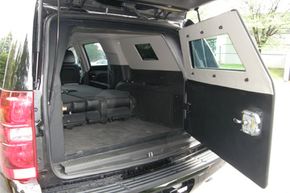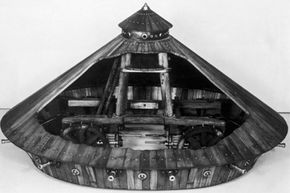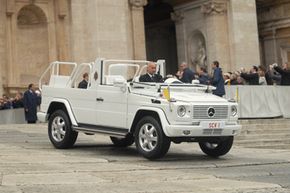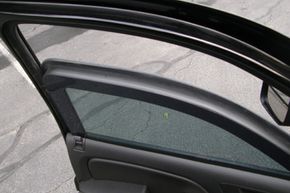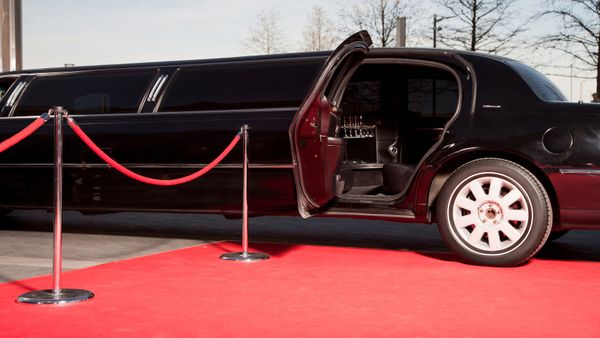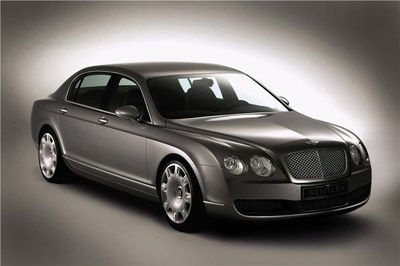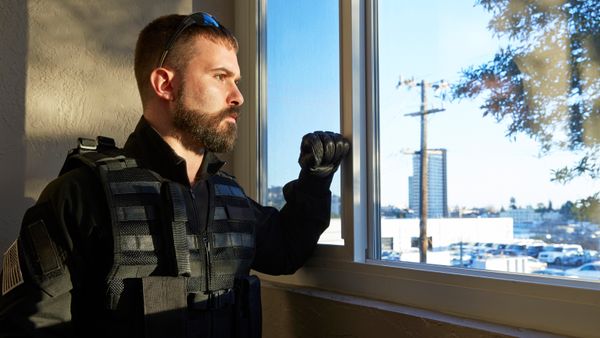The first thing most people think of when they see the phrase "armored car" is the bulky, square truck that picks up and drops off cash at the local ATM. What people don't often think of are the personal transport or military-grace vehicles keeping people safe around the globe. Armored vehicles can be divided up into four basic types:
SUVs/Sedans: These are sometimes called "personal protection vehicles." They don't look any different than straight-from-the-factory models, but they've had armor applied throughout. The Chevrolet Suburban is the most popular personal protection model.
Advertisement
Cash in Transit: This is the Brinks or Wells Fargo truck, which is not always all that well armored. Usually, these trucks only have to protect against handguns, which requires a lower level of armoring.
Police/SWAT/Tactical: These vehicles look similar to the cash in transit trucks, but they're seriously armored for police and emergency use, where a variety of weapons may come into play.
Military: It's no surprise that vehicles used by the military are the most heavily armored. It's also no surprise that they are the most expensive to armor, at around $1 million each.
A few manufacturers, like Mercedes-Benz in Europe, are able to armor vehicles at the factory. Most armored vehicles, though, get their extra protection from specialists. Companies like The Armored Group and Alpine Armoring buy plain-Jane vehicles and transform them into G.I. Jane-worthy armored vehicles.
Customers for these vehicles range from governments, who buy them for heads of state, to CEOs and heads of non-governmental organizations operating in violent and dangerous parts of the world. And, of course, banks, police and militaries use armored vehicles.
Up next, let's take a look at the history of armored cars. You may be surprised to hear just how far back in history the idea originated.
Advertisement
